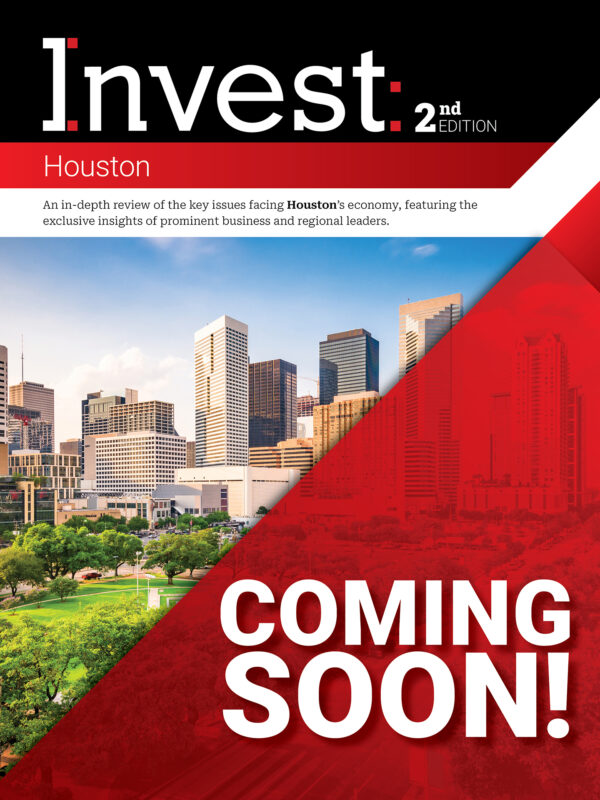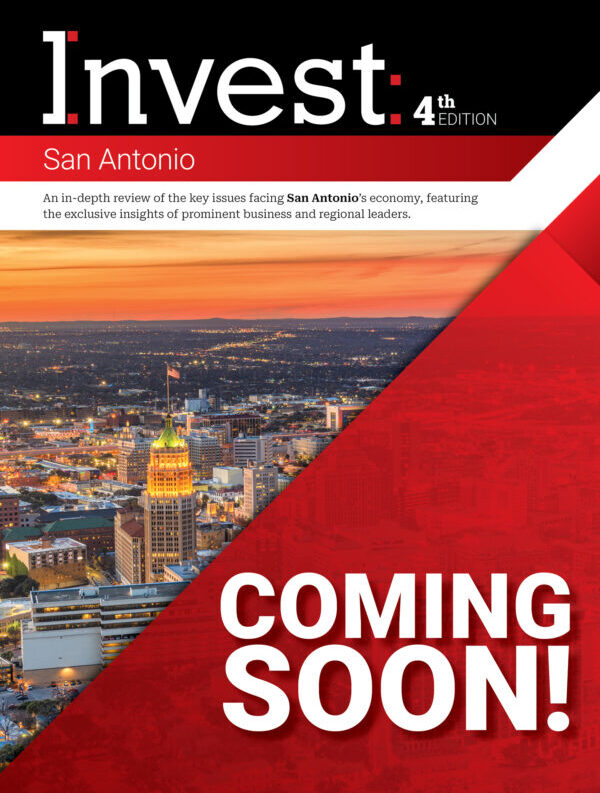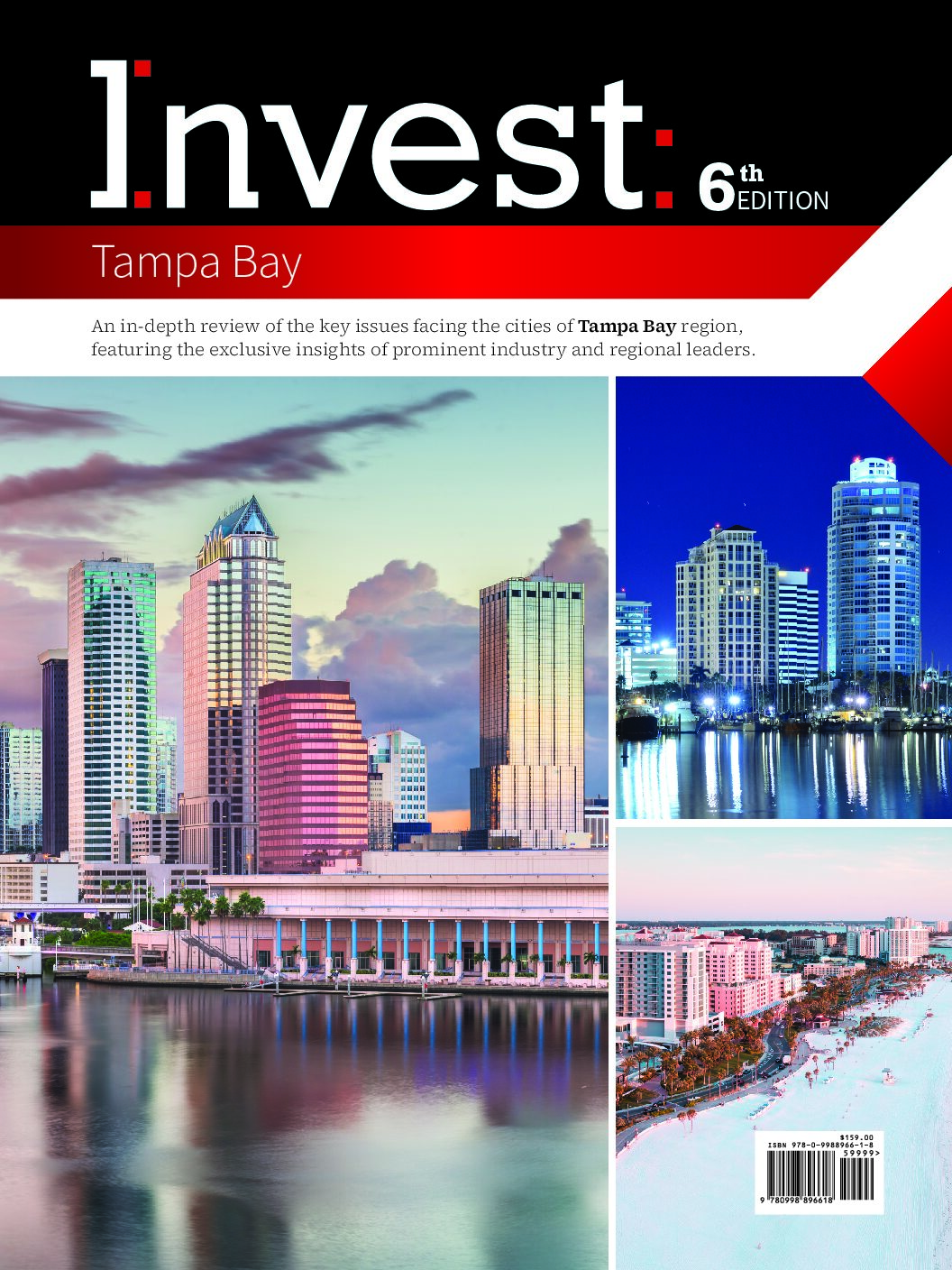Melinda Barrett, Mayor, City of Haverhill
In an interview with Invest: Melinda Barrett, the first female mayor of Haverhill, emphasized her commitment to economic growth and job training. She highlighted significant strides in public safety funding and educational improvements, along with efforts to expand affordable housing through inclusionary zoning.
As the first female mayor of Haverhill, how do you plan to benefit the city and inspire future generations?
It’s exciting for many to have a female mayor, especially after the 20-year tenure of my predecessor. Being the first female mayor is a significant milestone. Other nearby communities have had female mayors for decades, and we’re catching up. People are generally happy and excited about this new chapter. My journey as a third-generation Haverhill native and small-business owner led me here. My family ran businesses downtown for over 100 years, so I understand the community deeply.
What are Haverhill’s primary economic drivers and your initiatives to empower them?
Haverhill covers 35 square miles with country areas, suburbia, and inner-city sections. We have four industrial parks. We’re looking to expand one and add a new one with potential for further industrial development due to available land. Our diverse economy includes food processing and manufacturing, supported by our excellent water supply and strong wastewater infrastructure. We also have a robust workforce, with people still moving into the area, unlike many shrinking or aging communities in Massachusetts.
Our administration, along with the city council, aims to ensure citizens and students have opportunities for job training, English language learning, and CTE training. We have CTE programs in our high school, a vocational school, and Northern Essex Community College, which offers early college credits and job training for adults. Our diverse community has much to offer, and we are committed to providing these opportunities.
How is your office ensuring that essential services like healthcare, education, and public safety are supported and funded?
City council just passed our budget, emphasizing public safety, including fire, police, water, and wastewater services. We resolved a long-standing contract issue with the fire department and plan to open a new fire station in the western part of the community. Our police have been innovative, focusing on helping emerging adults avoid lifelong consequences from minor mistakes. They work with organizations like UTEC and the court system to offer alternatives to incarceration. Our police chief is involved in a governor’s task force to address gang issues and minor offenses. We are also building a new middle school and expanding the library. Through Community Action initiatives like Making Haverhill, which we work very closely with, Haverhill offers job fairs, job training, English language learning, and computer skills classes.
What strategies have you implemented to address housing availability and affordability?
In Haverhill, we have a significant land mass and a historic downtown area that’s become a model for the MBTA Communities Act. In the last four years, we’ve approved 1,700 new housing units, some affordable. We passed an inclusionary zoning ordinance last year and created a Housing Trust, which will allow developers to pay into the trust if they don’t include affordable units. These funds will support partners like the YMCA in building truly affordable housing for residents earning up to 80% of the median income.
How does Haverhill collaborate with neighboring cities, counties, the state, or federal agencies to advance mutual interests?
We’ve been fortunate with grants. The state and federal government have been very supportive of our economic and community development efforts. Recently, we received $2.4 million from HUD for lead abatement, helping landlords make properties safer. We also secured a transportation grant to address urban renewal scars from the 1970s and redevelop the Merrimack Street area with a new parking garage and plaza.
What strategies are you using to ensure diverse community voices are heard and included in decision-making?
I attend community events almost every night and hold meet-and-greets. We plan to have more public meetings with various community sectors, such as those focused on beautification and recreation. We’ve prioritized improving communication with the community, especially through social media, to notify residents about upcoming work and provide contacts for issues. With much ongoing street work, we aim to keep residents informed to minimize disruptions to their daily lives. Now that the budget is settled, which was a heavy lift, we can focus more on enhancing our communication strategies.
What is your outlook for the city for the next two to three years, and what are your top priorities?
We will focus on transforming the downtown through the Merrimack Street Redevelopment project, a $160 million investment that will redevelop about 5 acres of land, as well as Historic New England’s Haverhill Center project. The latter is potentially an over $200 million investment that will make Haverhill a tourist destination for history, arts, and culture. Historic New England is thinking of developing a museum, artist lofts, and a boutique hotel right near the train station. We also will be dealing with the impact of bringing online 1,700 new units of housing and other major constructions like two bridge replacements. We will explore smart city initiatives to improve traffic flow and support our growing community.













